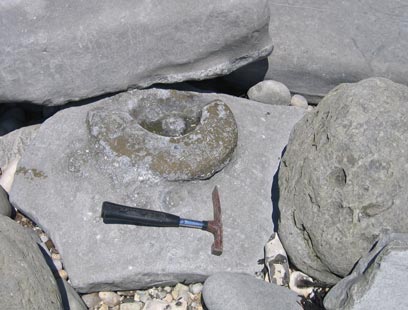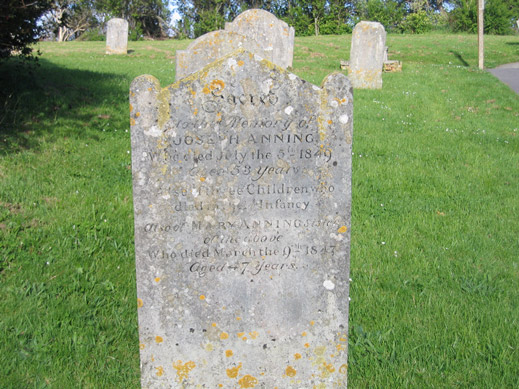Remembering Mary Anning a Pioneering English Fossil Collector and Palaeontologist
Today, the 21st of May, is the anniversary of the birth of Mary Anning, a pioneering English fossil collector and amateur palaeontologist. Mary was born in the small, seaside town of Lyme Regis, an area of Britain’s coast famous for its Jurassic sediments and fossils of marine animals (and pterosaurs plus one dinosaur genus).
Mary Anning
Her father was a carpenter by trade, although he supplemented the family’s income by also selling curios (fossils) that they had found on the beach and in the cliffs that surround Lyme Regis. Mary became prominent as an expert in fossils and fossil finding, although she did not receive the full credit for her contribution to science during her lifetime. She discovered the first plesiosaur fossils in 1821 and the first pterosaur (flying reptile) fossils in England in 1828.
Many of her specimens can be seen in museums today, her finds helped to build up the collections of a number of wealthy individuals but often no record was kept of her contribution or role in the research and study of such specimens.
Mary died in 1847, she is buried at St Michael’s church which stands above the cliffs at Lyme Regis.
A Picture of the Grave of Mary Anning and her Brother Joseph
Picture credit: Everything Dinosaur
Ammonite Fossils
Thousand of people every year visit the UNESCO Jurassic coast to go hunting for fossils such as ammonites. They are following in the footsteps of Mary Anning.
Typical Fossils Found on the Beaches at Lyme Regis

Picture credit: Everything Dinosaur
For replicas of ammonites and other prehistoric creatures, take a look at Everything Dinosaur’s extensive range of models and figures: Prehistoric Animal Models and Figures.







Leave A Comment